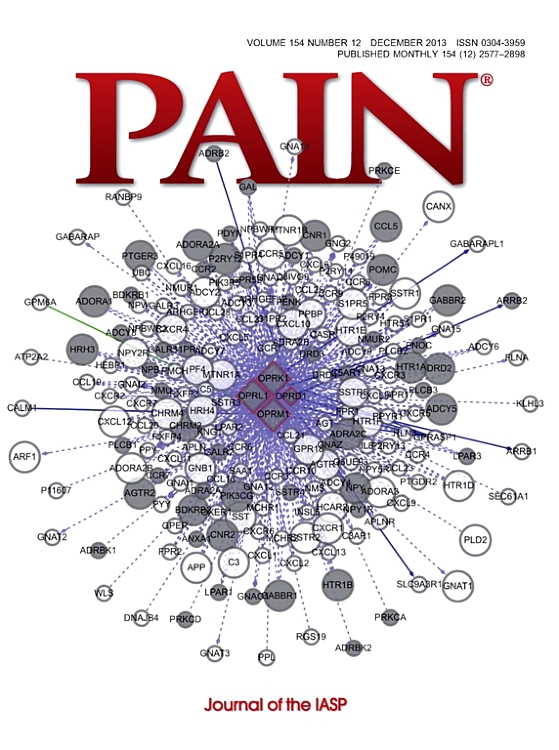Electroencephalography and magnetoencephalography in pain research-current state and future perspectives.
IF 5.9
1区 医学
Q1 ANESTHESIOLOGY
引用次数: 55
Abstract
Pain is a highly variable and subjective experience, which results from the flexible integration of sensory and contextual (eg, cognitive, emotional, and motivational) information. In acute pain, this integration usually results in a coherent percept and behavioral adaptations, which serve the protection of the body. By contrast, in chronic pain, these integration processes fail to produce adaptive behavior but result in ongoing pain with devastating effects on quality of life. Understanding how the brain processes and integrates nociceptive and contextual information is, thus, of central importance for understanding the mechanisms of pain in health and disease. In this article, we will discuss the contribution and perspectives of electroencephalography (EEG) and magnetoencephalography (MEG) in pain research. EEG and MEG are direct and noninvasive measures of brain function. While EEG measures the small electrical currents resulting from postsynaptic potentials, MEG measures the magnetic fields induced by these currents. The major strength of both methods is their high temporal resolution in the range of milliseconds. EEG and MEG, thus, complement other imaging methods, such as functional magnetic resonance imaging (fMRI), which have an excellent spatial but lower temporal resolution. A particular strength of EEG is that it is affordable, broadly available, and mobile. Limitations of EEG are its low spatial resolution and its insensitivity to processes in deep brain areas. Magnetoencephalography does not need placement of electrodes on the scalp, is mostly sensitive to tangentially oriented currents, has a higher spatial resolution than EEG, and is particularly well suited for source localization procedures. However, MEG is technically more demanding, more expensive, rarely available, and stationary. In the following sections, we use the term “EEG” for convenience, but most parts apply similarly to MEG. 2. Current state脑电与脑磁图在疼痛研究中的现状与展望。
本文章由计算机程序翻译,如有差异,请以英文原文为准。
求助全文
约1分钟内获得全文
求助全文
来源期刊

PAIN®
医学-临床神经学
CiteScore
12.50
自引率
8.10%
发文量
242
审稿时长
9 months
期刊介绍:
PAIN® is the official publication of the International Association for the Study of Pain and publishes original research on the nature,mechanisms and treatment of pain.PAIN® provides a forum for the dissemination of research in the basic and clinical sciences of multidisciplinary interest.
 求助内容:
求助内容: 应助结果提醒方式:
应助结果提醒方式:


